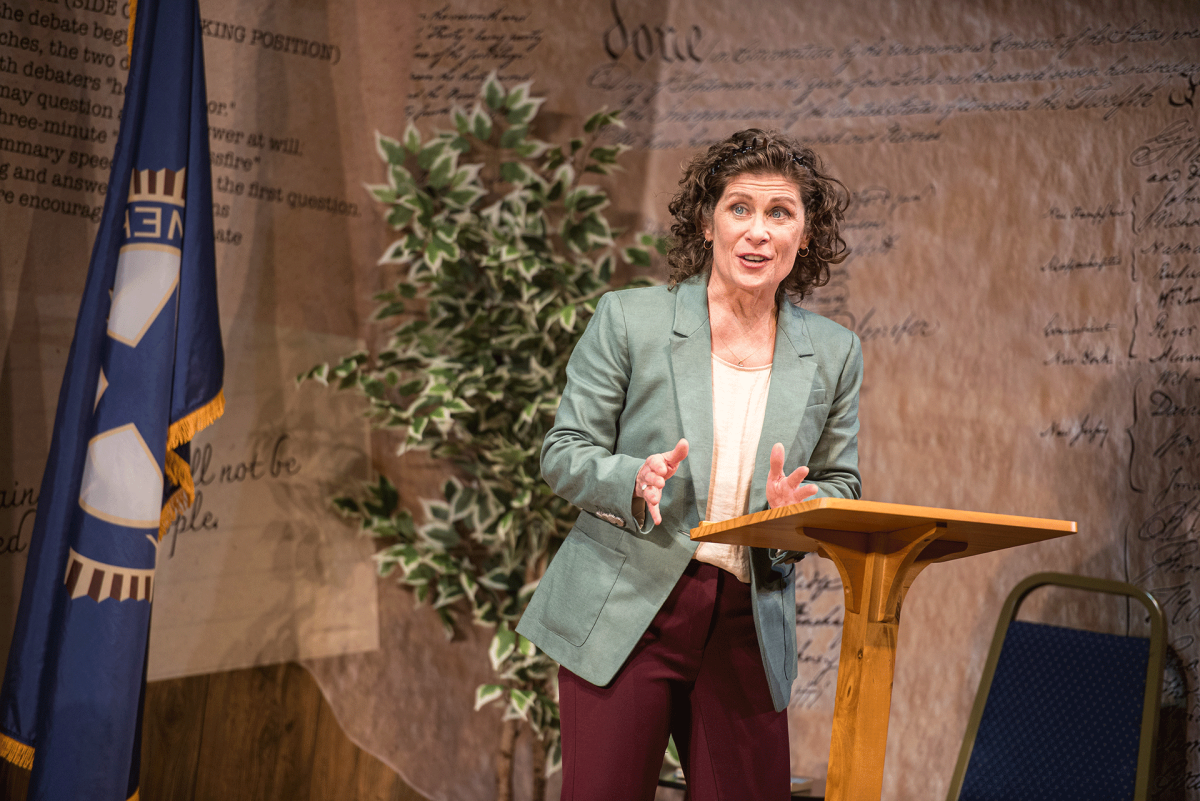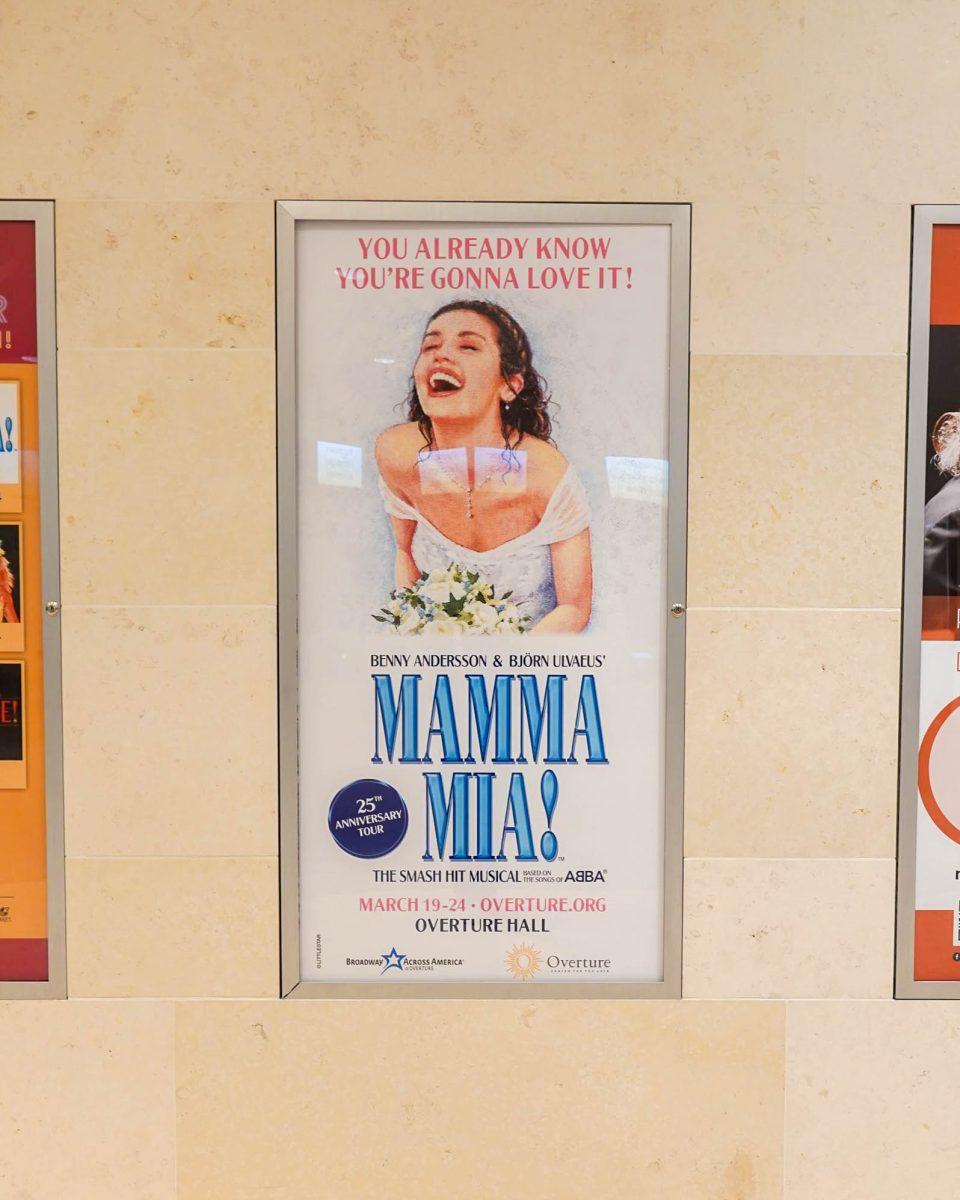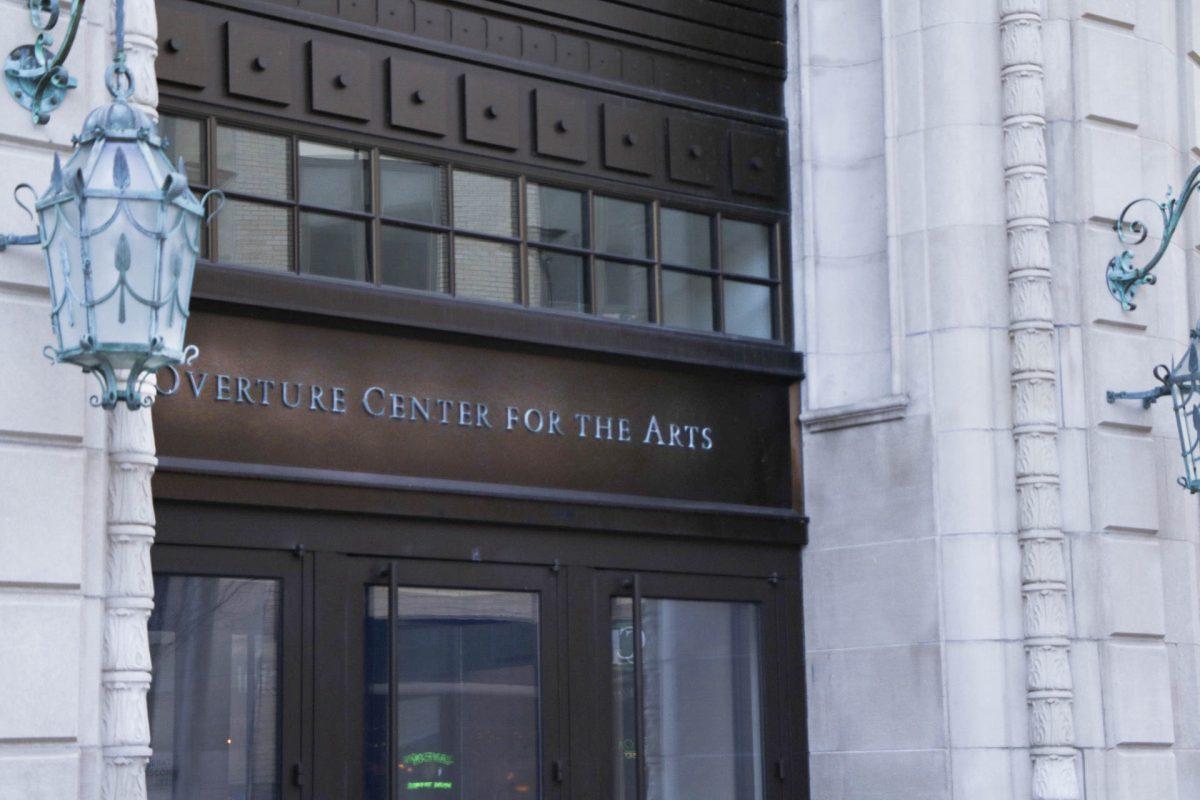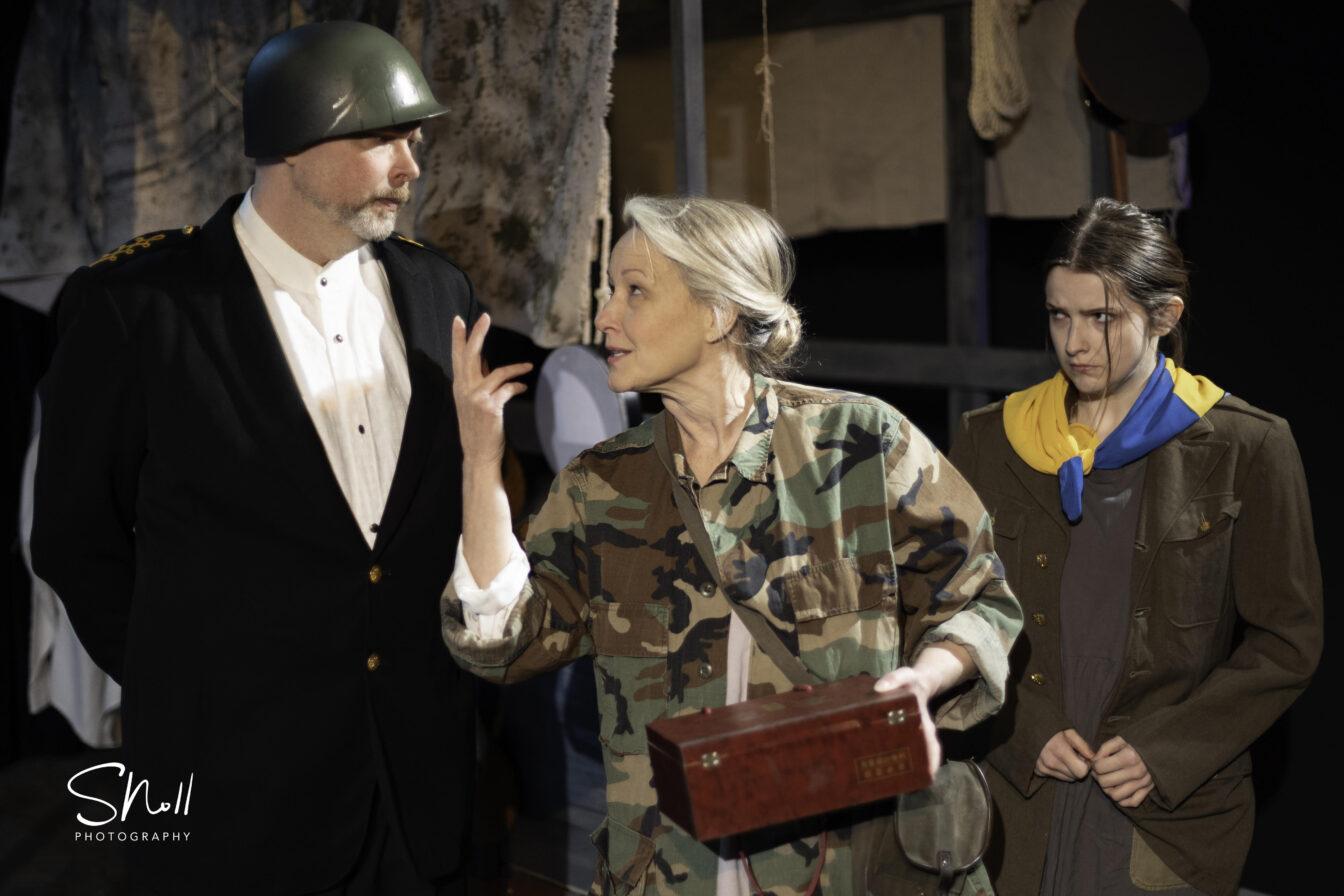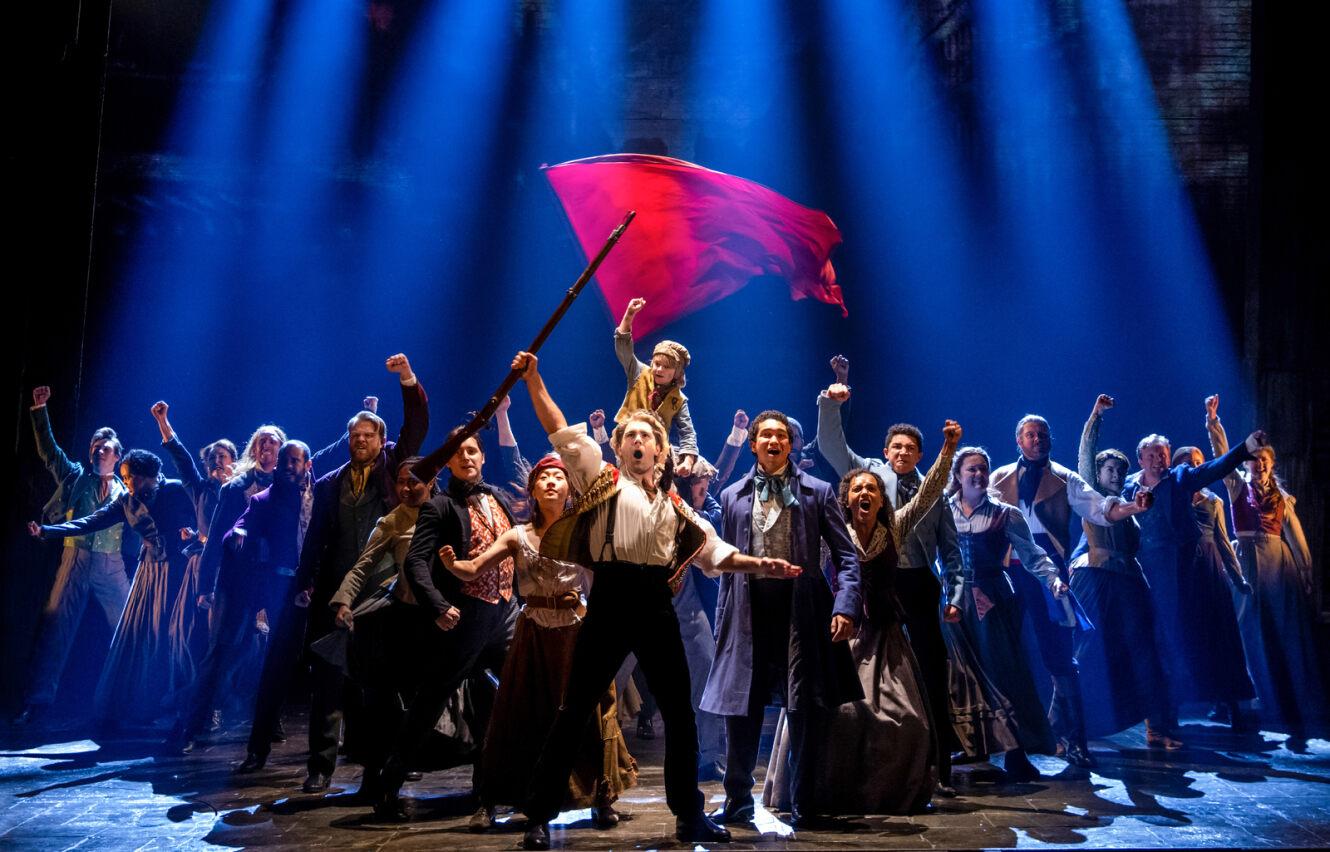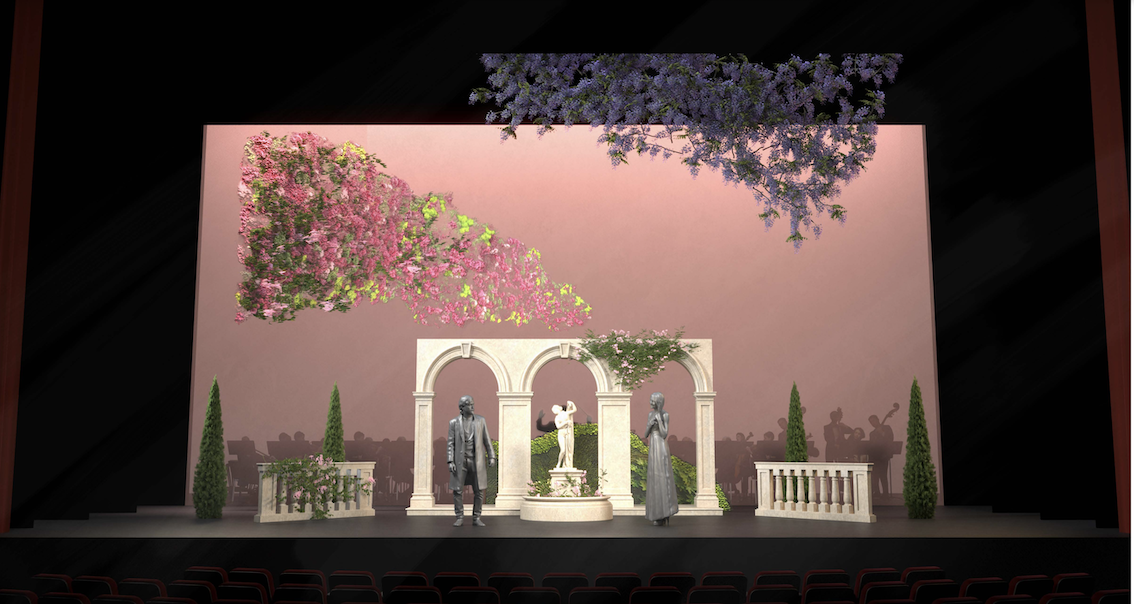It’s not every day that a play sits its characters down to discuss the uneasy topic of discrimination. For the past two weeks, the University of Wisconsin Theatre Department proudly presented “Clybourne Park,” which focuses not only on racism but also prejudice across the board.
Written by Bruce Norris, “Clybourne Park” centers around a fictional neighborhood in Chicago. It’s considered a spin-off to “A Raisin In the Sun,” the infamous work by Lorraine Hansberry about a black family who decides to move into an affluent white community.
“Clybourne Park’s” first act, set in the 1950s, follows a group of white neighbors as they discuss an incoming black family to the neighborhood. The second act, set in the present, contrasts its primer when a white family moves into the same neighborhood, now debilitated by the effects of gentrification.
UW’s “Clybourne Park” ran from November 14-24, and used their lengthy rehearsal time to dig into their roles. The cast was led by Michael Cotey, who encouraged his actors to find personal depth and question their own views.
“Clybourne Park” was written to provoke… asking hard questions about the assumptions fears and prejudices we all harbor, whether we’re willing to admit them or not,” Cotey said.
Madison launches new planning effort aimed at improving, modernizing Mifflin neighborhood
One thing that strengthens their performance, concurrently, is the external reactions they give their characters. A good example is Sam Wood’s character Russ, the husband who sold his house (unknowingly) to the black family in Act One. Wood charges his character with anguish—when he wasn’t speaking, he tensed his body, eyes wandering the floor as the actors around him lit the fuse. Eventually, the bomb goes off and he explodes in a fury of spit and reddening skin.
While Wood’s version of Russ tackled the art of showing his anguish, the characters of Karl Lindner and Steve faced a completely different obstacle—telling it.
Ethan Nimmer played two characters in each of the acts, but both fell under the stereotype of an offensive and ignorant white man. But Nimmer’s portrayals offer a different dimension, showing both characters as paranoid husbands and soon-to-be fathers, though their idea of a threat is extremely skewed.
We still don’t forgive Nimmer’s characters for their inappropriate language and other offenses, but we no longer see them as two-dimensional characters.
Relatable themes of diverging paths, home come to play in ‘Twilight Bowl’
No performance, however, is as textured as Jasmine Kiah’s Francine/Lena. In the first act, Francine is a black maid forced into the white people’s racist discussion. They sit her down and ask her hypothetical questions about “different foods and hobbies,” dancing around racism. Kiah portrays frustrated submission in Francine, who can’t speak up because she’s employed by the people who taunt her. She does get her justice in Act Two, where her character Lena is able to argue with the white couple—or at least when they’re not interrupting her.
Through both interpretations, Kiah symbolizes the struggle of black persons throughout the last century. The discussions and arguments in “Clybourne Park” are underrepresented with a white majority of five and a black minority of two.
Act One consists of Francine and her husband, Albert (Brion Whyte), sitting uncomfortably silent as the white characters switch from city capitals to racial arguments. Lena and Kevin contribute to both topics when they’re repeated in Act Two, but they are still stifled by their five white counterparts and their opinions.
Both characters are silenced as the others discuss a topic that, as white people, they will never quite understand, whether it’s racism or its effects on real estate. While Francine and Lena have their unique responses, both can be summed through Kiah’s line.
“Let them knock their brains out for all I care,” Francine said.
Madison city council signs resolution declaring racism to be public health crisis
With that, it’s also worth noting how scenic Designer and Technical Director Rob Wagner crafted the setting for the play. Act One opened on a beautiful house with a fireplace, ornate furniture and expensive dishes. Russ and Bev’s moving boxes are filled with interesting and expensive trinkets, showing their wealth in the affluent neighborhood.
Act Two paints a different picture. During the intermission, the crew gradually took apart the house, replacing windows with plastic tarp and shattered glass. They scattered trash as the radio played songs by the decade to show time’s progress.
In this way, Wagner is attempting to show the effects of gentrification and how race affects the value of neighborhoods. In essence, “Clybourne Park” is an entire commentary on gentrification, one of the most common forms of institutional racism.
The two-week period of performances, as Cotey so elegantly states, “…provokes us to be better than the reality presented on stage,” and always be conscious of the conversations we’ve had and continue to have.
The UW Theatre Department chose wisely with “Clybourne Park,” and with its casting.














